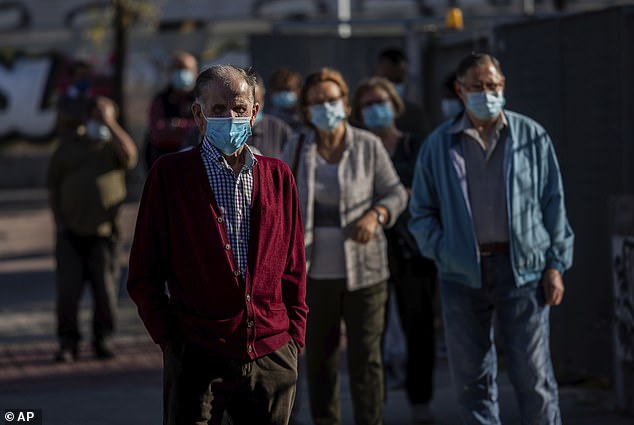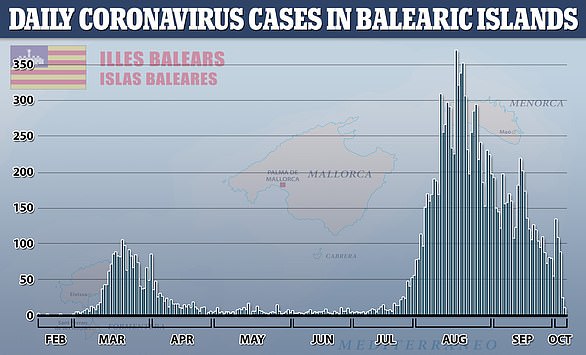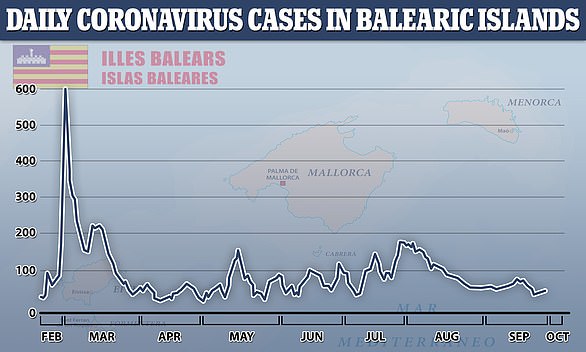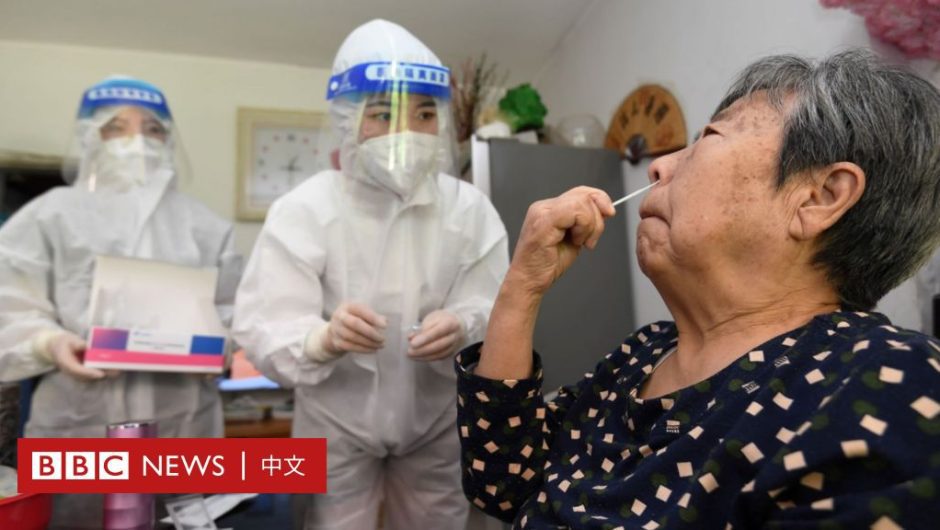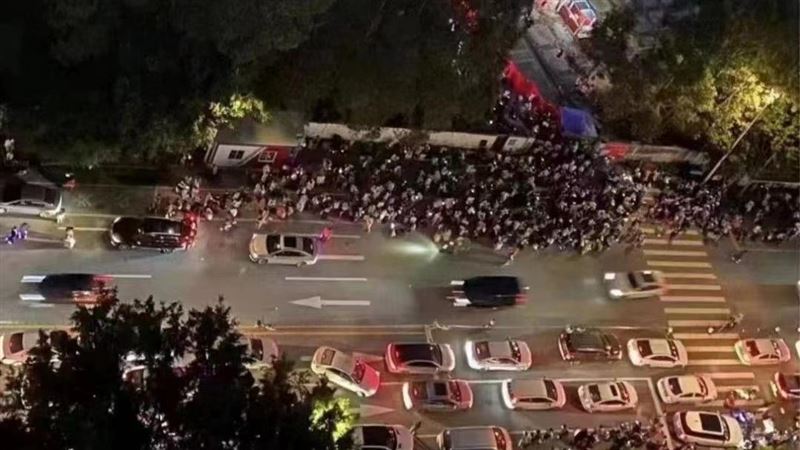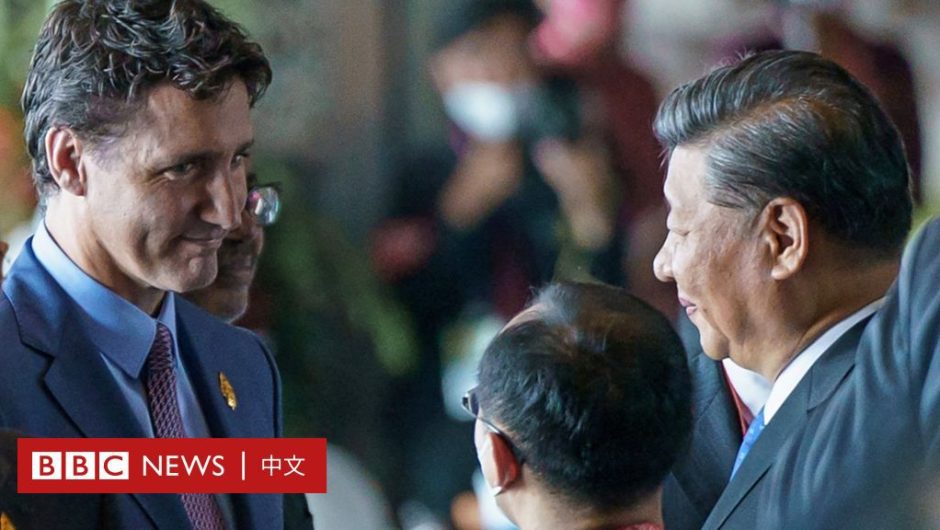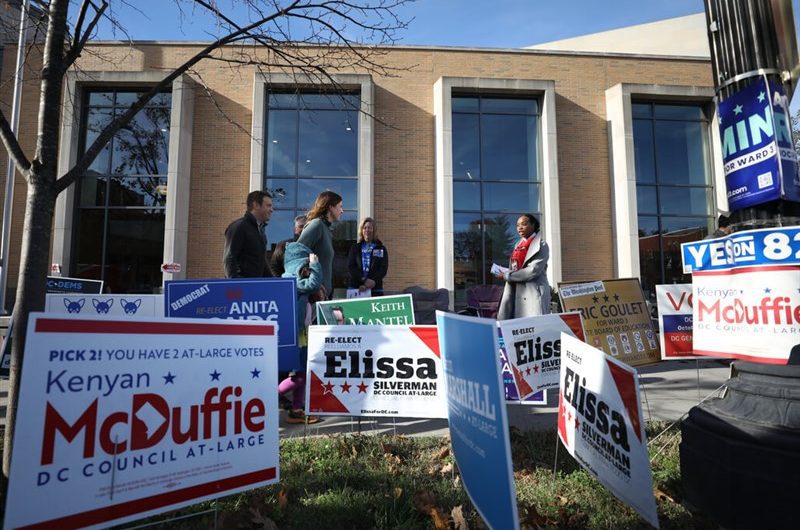A Madrid court rejected the strict new lockdown laws that the government imposed on the Spanish capital last week to stop the spread of the Coronavirus.
The Health Ministry prevented 4.8 million people in the city from leaving their home areas except for essential work on Friday.
But the head of the regional government, Isabel Diaz Ayuso, objected, saying it would destroy the region’s economy, and that the ministry had no authority to impose such restrictions.
The Madrid Regional Court stood at its side in its ruling, describing the restrictions as “interference by public authorities with the basic rights of citizens without the legal mandate to support them.”
People queue for a rapid antigen test for COVID-19 in the southern neighborhood of Vallecas in Madrid, Spain, last Thursday – the day before the revoked government restrictions on movement came into effect
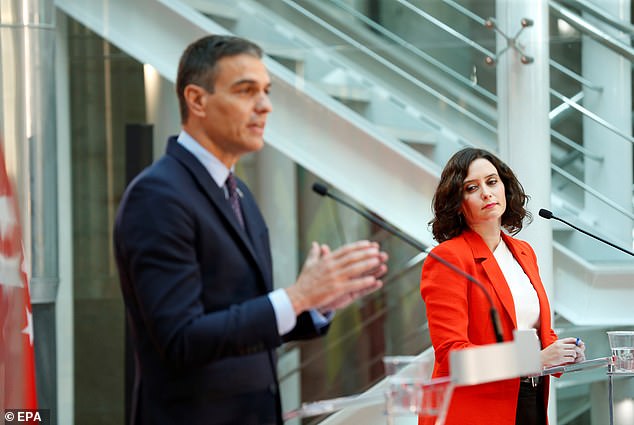
Spanish Prime Minister Pedro Sanchez (left) speaks during the bilateral press conference with Madrid’s regional president Isabel Diaz Ayuso (right) after a meeting in Madrid last month.
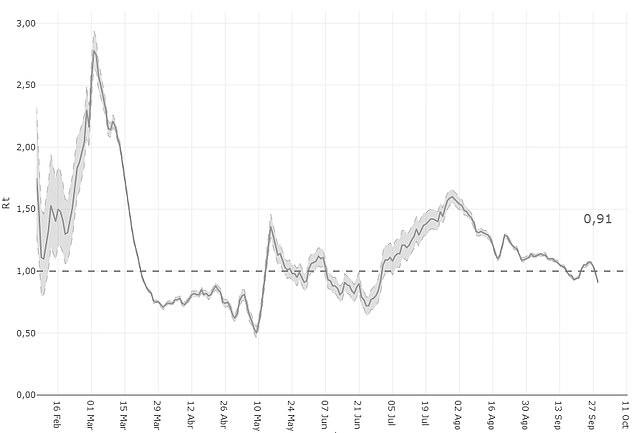
R-RATE: Madrid’s R-rate is below 1.00 at 0.91 – this means the infection is not reproducing
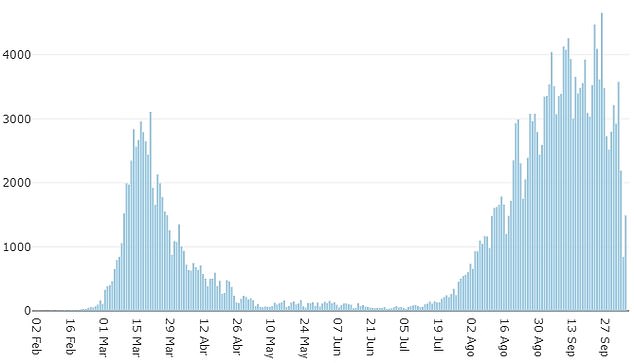
Infection: a graph showing the first and second waves of the outbreak in Madrid – and it should be noted that the greater number of cases is not associated with more deaths because the ability to test is now much greater
This ruling means that the police will not be able to fine people who have left their municipalities without justification.
However, it has added to the confusion over whether Madrid residents can travel to other parts of Spain for national holiday celebrations this weekend.
Other restrictions not affected by the ruling include a maximum of six people for gatherings, limits for restaurant, bar, and stores, and hours of operation.
Madrid was at the center of a political impasse between the national and regional authorities in Spain, which angered many people, who see that there is more of a partisan strategy than taking real measures against the epidemic.
The two sides will meet later Thursday.
The region has a 14-day infection rate of 591 coronavirus cases per 100,000 residents, more than twice Spain’s national average of 257 and five times the European average of 113 cases for the week ending September 27.
However, Madrid’s R – the infection rate – is still below the crucial figure of 1.00 and stands at 0.91 today after rising to more than 1.50 in July.
A number higher than 1.00 means the infection is multiplying.
In an initial reaction from the government – which can appeal the ruling – Health Minister Salvador Illa said he had not yet had time to study it.
We will make the legal decisions that best protect health. We are sure that the Community of Madrid will agree to this approach. He told a parliamentary committee, without further details, that we only care about the health of citizens.
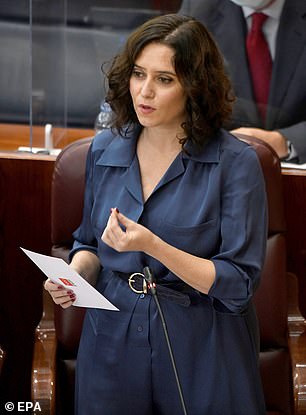
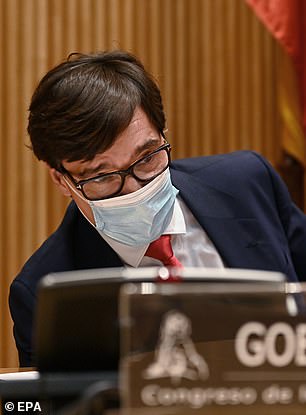
Madrid Regional President Isabel Diaz Ayuso at the Madrid Assembly on Thursday (left) and Spanish Health Minister Salvador Illa (right) in front of the Health Committee
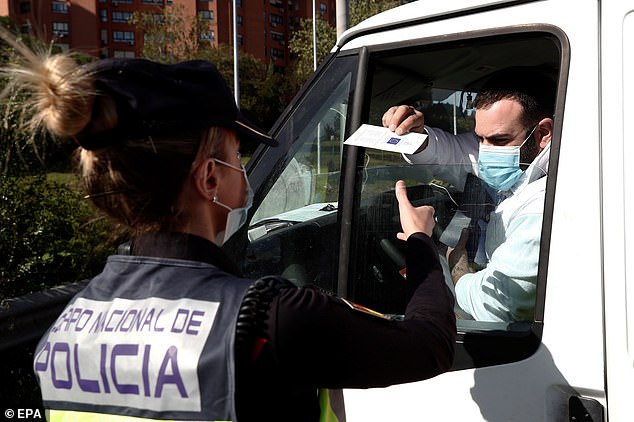
Police are controlling motorists at a checkpoint in Madrid on Monday after the Health Ministry imposed new measures on Friday
Ministers approved the new rules in an effort to lower infection rates in Madrid, making it the first European capital to return to complete lockdown.
Restaurant owner Sonny van den Holstein said last week that he was exasperated by the political bickering and the devastating implications for his business.
We spent eight months wearing masks, without nightclubs and parties, and the infection still persisted. Then what kind of impact will these restrictions have?
“People are confused and hesitate to go out … They are in fear,” he said.
Madrid’s bars and restaurants, popular with late-night cars and a typically influx of tourists, are known to close two hours before the previous 1 a.m. curfew, while restaurants, gyms and stores have been told to cut capacity in half.
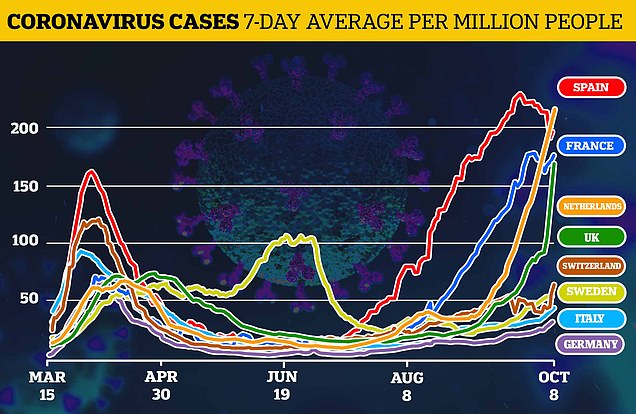
Coronavirus cases are on the rise in most parts of Europe – with France reporting its highest single-day total on Wednesday, with sharp rises in Italy and Germany.
The measures have expanded the scope of the blockade already in place in the poorer parts of the city with high infection rates.
The head of the conservative district Ayusu had tweeted her anger at the time, writing: “ Starting tomorrow, one will be able to get to Madrid from Berlin but not from Parla (the surrounding town south of Madrid). Thanks for the mess, Pedro Sanchez.
On appeal, Parla said the measures were not sufficiently fighting the pandemic and would cost the local economy 750 million euros (£ 683 million) a week.
Prime Minister Sanchez said the only goal was to save lives and protect health. “All decisions are made based on the standards of scientists,” he said at a summit in Brussels.
According to World Health Organization data published last week, the city had 850 cases per 100,000 people, one of the highest infection rates in Europe.
The Madrid region recorded 741 coronavirus cases per 100,000 people in the two weeks through October 7, according to the World Health Organization, making it the second largest concentration of coronavirus in Europe after Andorra.
Nationwide, however, Spain appears to be heading in the right direction.
The country’s daily infection data is difficult to analyze due to the way it is presented, but seven-day sliding averages show that the number of infections has decreased from more than 11,000 a day two weeks ago, to about 9,500 a day now.

“Food practitioner. Music junkie. Avid troublemaker. Hipster-friendly creator. Social media lover. Wannabe pop culture fanatic.”

